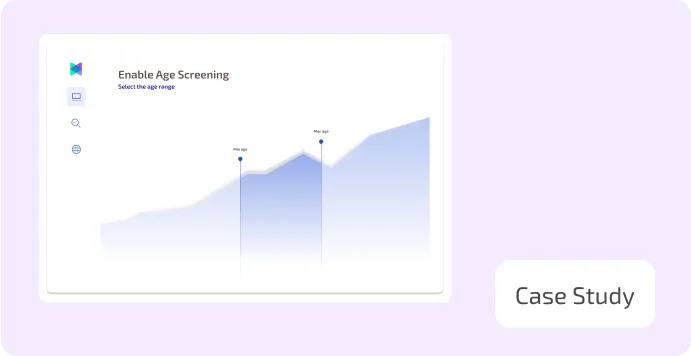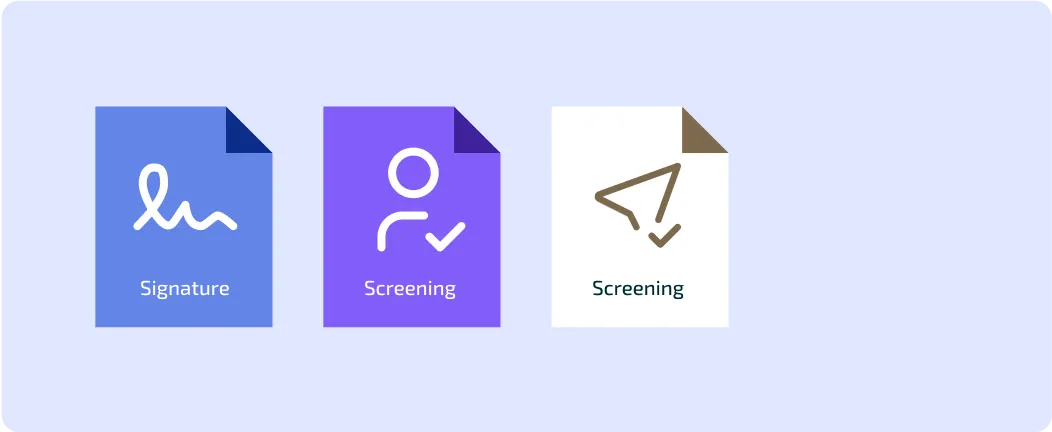.webp)
Published on
June 24, 2025
Currency Transaction Reports and Bank Compliance Requirements
.png)
Accelerate AML Compliance: Meet Regulatory Demands with 80% Less Setup Time
.svg)
.svg)
A Currency Transaction Report (CTR) is a report that banks and financial institutions must file when a customer deposits, withdraws, or exchanges more than $10,000 in cash in one business day. It is required by Anti-Money Laundering (AML) laws to help prevent money laundering, tax evasion, and other financial crimes.
Important Facts About CTRs:
- Automatic Reporting: Many countries have mandatory cash transaction reporting to prevent money laundering and financial crime. The reporting threshold varies by country, with some setting it at $10,000 or equivalent, while others rely on suspicious activity reporting instead. In the US, a CTR is filed automatically when a cash transaction exceeds $10,000.
So, financial institutions must follow local AML laws and report large or unusual cash transactions accordingly.
- Covers Cash Transactions Only: In many countries, automatic reporting applies to cash deposits, withdrawals, payments, and exchanges, but not checks or wire transfers.
- No Customer Approval Needed: The bank does not need permission from the customer to file a CTR.
- Required by Law: CTRs are sent to financial regulators, such as the Financial Crimes Enforcement Network (FinCEN) in the U.S.
- Structuring is Illegal: Breaking up large transactions into smaller amounts to avoid a CTR (called structuring) is against the law.
Example:
Rami Jamal, a restaurant owner, visits XYZ Bank to deposit $15,000 in cash from his weekend sales.
- Bank Files a CTR:
- Since the deposit is over $10,000, the bank’s system automatically triggers a CTR filing.
- The bank collects Rami’s personal details, business information, and the source of the cash before submitting the report to regulators.
- No Suspicion, But Monitoring Continues:
Since restaurants handle a lot of cash, this transaction is not suspicious by itself. However, the bank will continue to monitor Rami’s transactions to ensure there are no unusual patterns.
- Structuring Attempt Detected:
- A week later, Rami deposits $9,000 on Monday and $9,500 on Wednesday to avoid triggering a CTR.
- This raises a red flag, as it looks like structuring (trying to stay under the $10,000 limit).
- The bank files a Suspicious Activity Report (SAR) along with the CTR, alerting regulators to possible money laundering.
Key Takeaways:
- A CTR is filed whenever a cash transaction exceeds the threshold required by the country’s law (e.g.: $10,000) to help prevent financial crimes.
- It does not mean a customer is doing anything wrong, but banks use it to track large cash movements.
- Structuring (splitting transactions to avoid a CTR) is illegal and can lead to investigations.
- Financial institutions must comply with CTR rules to support AML efforts and financial security.
Streamline Compliance: Achieve 80% Faster Setup for Fraud Prevention
.svg)
.svg)

How Aseel reduced onboarding time by more than 87% using FOCAL
Learn how FOCAL empowered Aseel to achieve new milestones.


Mastering Fraud Prevention: A Comprehensive Guide for KSA and MENA Businesses
51% of organizations fell victim to fraud in the last two years, don't be caught off guard, act proactively.


Featured blog posts

.png)
Currency Transaction Reports and Bank Compliance Requirements
Discover how Currency Transaction Reports (CTR) enable banks to report large cash transactions and identify illegal attempts to avoid reporting thresholds.
.webp)
.png)
Currency Transaction Reports and Bank Compliance Requirements
Discover how Currency Transaction Reports (CTR) enable banks to report large cash transactions and identify illegal attempts to avoid reporting thresholds.
.webp)
.png)
Currency Transaction Reports and Bank Compliance Requirements
Discover how Currency Transaction Reports (CTR) enable banks to report large cash transactions and identify illegal attempts to avoid reporting thresholds.
.webp)





AI-Driven Precision in Fraud Risk and AML Compliance



.svg)
.png)





.svg)

_FastestImplementation_Small-Business_GoLiveTime.png)

_HighPerformer_Small-Business_HighPerformer.png)
_Leader_Leader.png)



%20(1).webp)